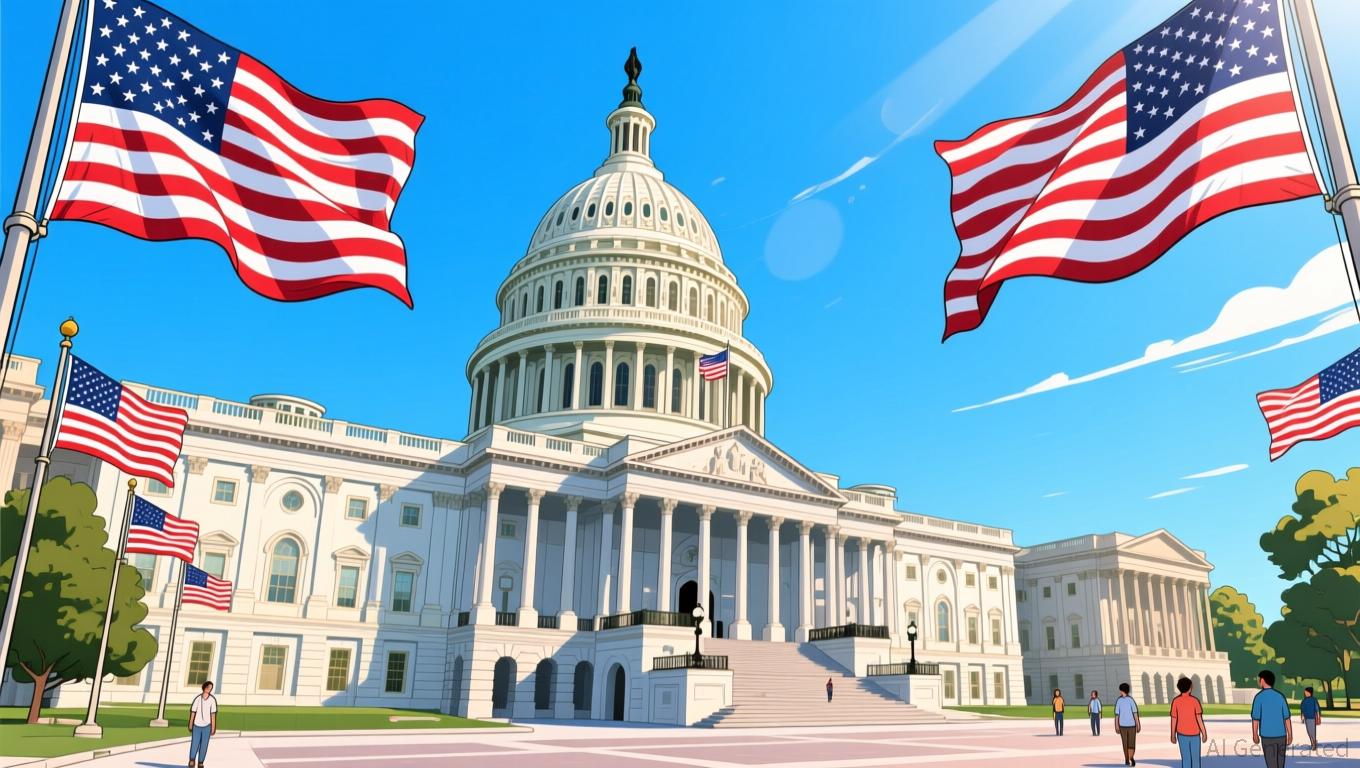Is the creator economy broken? Rethinking video streaming in the age of algorithms and AI
The following is a guest post and opinion from Adrián Garelik, CEO and Co-Founder of Flixxoo
Algorithms manufacture taste. That’s efficient for retention, but brutal for creators who live and die by an opaque feed. Surveys show widespread burnout and rising skepticism about AI-mediated media—yet we keep optimizing for the metric while sidelining the maker. It’s time to rebuild the rails with peer-to-peer distribution and transparent, tokenized economics so that creators can fully own their reach.
What centralized algorithms optimize for, and why it matters
Over the past 15 years, video streaming has been reshaped by recommender systems. YouTube’s watch-time algorithm pioneered the model. Netflix refined it with big-data analytics to maximize binge-watching. TikTok, Instagram Reels, and YouTube Shorts perfected it by capturing every micro-interaction—like swipes, pauses, and skips—as inputs to optimize retention.
This precision has a cost. Algorithms now actively mold user preferences. Behavioral research shows that repeated exposure and reward cycles condition viewing habits. Content is no longer pushed for depth or creativity. Engagement rules, favoring sensational hooks over nuanced storytelling.
Creator impact: burnout and homogenization
For creators, the algorithm acts as a gatekeeper. Success depends less on originality and more on conforming to opaque signals: hook length, posting cadence, retention thresholds. Surveys indicate that the pressure to “play the feed” drives widespread burnout.
A 2022 Awin/ShareASale Creator Burnout Report found that 72% of creators experienced burnout directly tied to algorithmic demands—a figure echoed in 2024 updates from MarTechEdge. Respondents reported a loss of joy in creation, formulaic content strategies, and declining well-being.
The economic impact is equally stark. Large studios, armed with IP-driven franchises, dominate platform distribution, while mid-tier creators struggle for visibility. Quantity is rewarded over quality, leading to a homogenized landscape with limited room for experimentation.
AI content “slop” and policy
The next stress test comes from generative AI. Synthetic video, audio, and imagery can now be mass-produced at near-zero cost, threatening to flood feeds with undifferentiated “slop.” Analysts at WIRED warn that this volume risks drowning out human creators.
Regulators are taking notice. The EU AI Act introduces transparency and watermarking requirements for synthetic content. Therefore, platforms like TikTok and YouTube face scrutiny over recommendations. In the U.S., debate around TikTok divestiture underscores how algorithmic distribution has become a geopolitical issue as much as a cultural one.
Without transparent curation, the risk is twofold: creators lose visibility, and audiences face a collapsing signal-to-noise ratio.
How P2P + tokens change the math: three levers for a sustainable creator economy
Platforms optimized for retention; the challenge now is to optimize for ownership. By combining peer-to-peer infrastructure with tokenized incentives, we can rebuild distribution, monetization, and governance on foundations that prioritize creator resilience.
Distribution is already being reimagined through decentralized protocols like Livepeer, which reduce reliance on centralized servers and feeds. Community-run nodes handle video compute, eliminating the opaque ranking systems that dictate visibility on traditional platforms.
Monetization is shifting on platforms such as Audius, where artists receive direct fan-to-artist payouts. Token incentives align compensation with genuine community engagement instead of ad-driven watch time.
Governance also changes in decentralized systems, where token-weighted voting and community curation give audiences a role in shaping discovery and moderation. This transfers power from unilateral platform decisions to shared governance.
Flixxo, launched in Argentina in 2016, illustrates how this model can extend to token-gated releases. Its Ticket 3.0 NFT enabled community-funded access to the film Bull Run. The experiment highlights both potential and friction points: while it proved new funding models are possible, scalability, onboarding, and regulatory clarity remain challenges for Web3 streaming.
Towards a sustainable creator economy
The future of the creator economy hinges on whether we continue optimizing for short-term engagement, or rebuild systems that prioritize ownership and creative depth.
If distribution and revenue primitives remain centralized, creators will keep fixing for feed instead of creating for people. But if we decentralize the rails, creators can reclaim autonomy, audiences can discover content beyond the algorithm, and storytelling can regain its cultural significance.
If the last decade was about engineering engagement, the next must be about engineering ownership.
The post Is the creator economy broken? Rethinking video streaming in the age of algorithms and AI appeared first on CryptoSlate.
Disclaimer: The content of this article solely reflects the author's opinion and does not represent the platform in any capacity. This article is not intended to serve as a reference for making investment decisions.
You may also like
Zcash News Today: Zcash's Rise in Privacy Poses a Challenge to Bitcoin's Reign of Transparency
- Zcash (ZEC) surged 150% in 30 days, outperforming crypto markets amid Cypherpunk's $18M ZEC investment boosting its $150M holdings. - Institutional demand for privacy coins like ZEC, Monero, and Dash grows as Zcash's 1.43% supply control tightens liquidity and drives $670+ prices. - Technical analysts project 40%+ gains if ZEC breaks $690, with Arthur Hayes predicting $1,000 potential, contrasting Bitcoin's $88k slump. - Zcash's November 2025 halving and privacy-focused narrative challenge Bitcoin's tran

YFI Declines 49.94% Over the Past Year as Overall Market Faces Downturn
- YFI fell 0.15% in 24 hours to $4006, with 49.94% annual decline amid broader crypto market downturn. - Yearn.finance lacks project updates or governance changes to drive price recovery since November 2025. - Token remains vulnerable to macroeconomic shifts and geopolitical risks affecting risk-on/risk-off investor behavior. - Analysts expect continued consolidation until on-chain metrics show ecosystem improvements or external market confidence rebounds.

Bessent: Raising the Debt Ceiling by July Is Essential to Prevent Market Turmoil
- US Treasury Secretary Bessent reiterated the economy is not at recession risk despite fiscal debates and market volatility. - He warned the debt ceiling must rise by July 2025 to avoid default, stressing "full faith and credit" is non-negotiable. - Corporate resilience (e.g., Ross Stores' strong earnings) contrasts with Fed policymakers' split on rate cuts amid inflation concerns. - Trump's $2,000 "tariff dividend" proposal faces congressional hurdles, with Bessent acknowledging it requires legislative a

Trump’s Andrews Golf Renovation: Who Pays the Taxpayer Tab?
- President Trump enlisted Jack Nicklaus to renovate aging golf courses at Joint Base Andrews, part of his White House-related construction projects. - The $300M+ portfolio raises questions about funding sources, mirroring controversies over unclarified costs for other projects like the Paris-style arch. - Nicklaus Design, with 425 global courses, will lead the overhaul despite Trump's claim of "very little money" needed, while critics scrutinize public-private spending blending. - The 15-mile White House-

